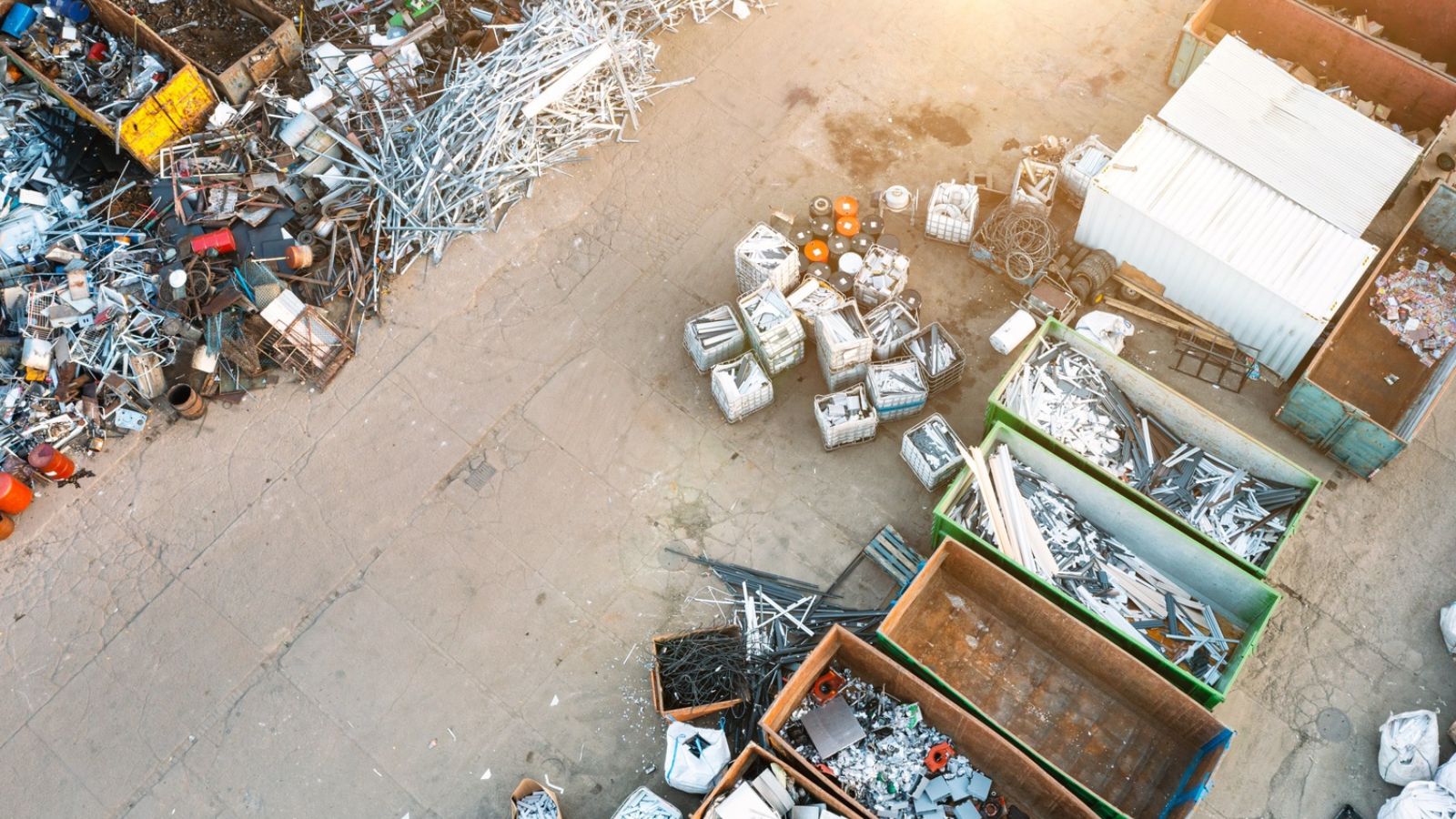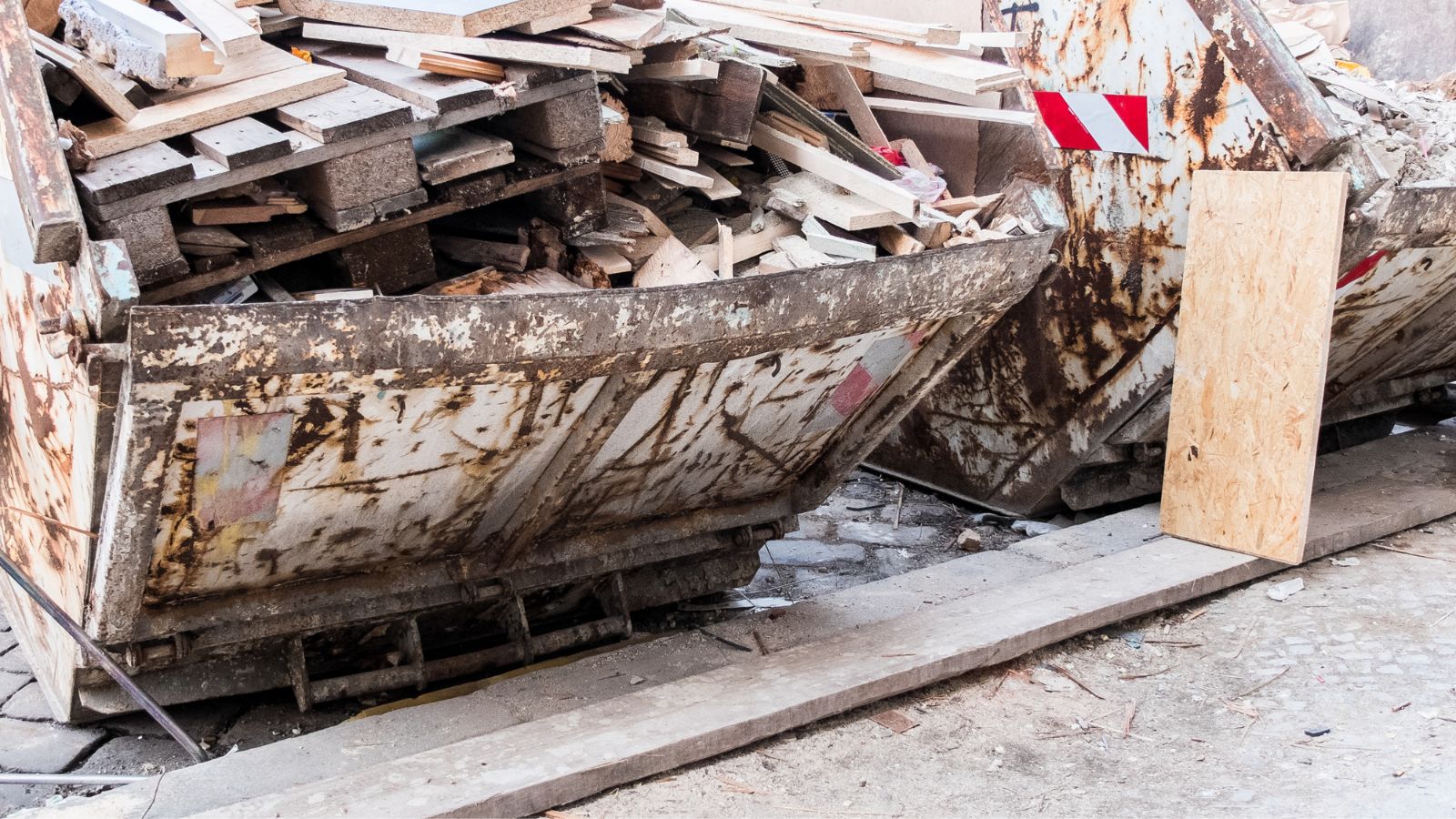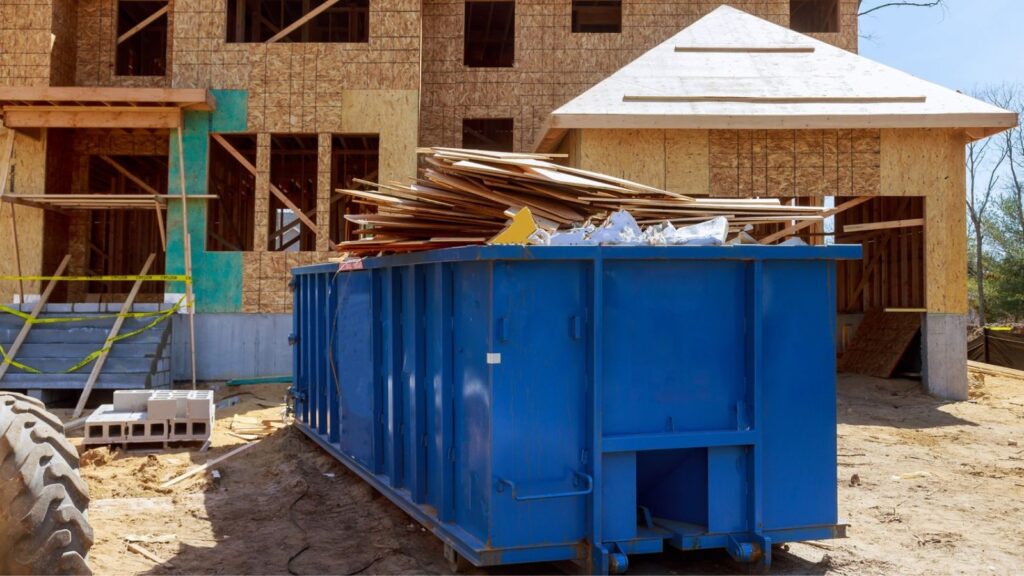Managing construction waste isn’t about ticking a compliance box. It’s about reducing delays, cutting costs, and staying in control of the job site. Waste accumulates fast—every cut, pour, or knockdown leaves something behind. Without the right systems, you lose time and money trying to fix it after the fact. A proactive approach using the right tools helps streamline your process and reduce waste from the start.
Here are nine tools you can use to manage construction waste more effectively.
On-Site Concrete Washout Containers
Managing concrete washout isn’t just a cleanup task—it’s a regulatory and environmental responsibility. A concrete washout container helps you keep slurry runoff, leftover paint, and stucco residues in check. You place it directly on-site, near where concrete work happens, so everything goes in one designated spot. This prevents groundwater contamination and helps you meet local disposal guidelines. It also cuts back on time spent scrubbing dried messes off other equipment or surfaces.
Waste Tracking Software
You can’t reduce what you’re not measuring. Waste tracking software lets you log quantities of solid waste, sort it by material type, and track how much ends up reused or recycled—a sustainable practice especially for startups. This tool gives you data you can act on: where waste is generated, which subcontractors produce the most scrap, and how disposal costs break down. Some software integrates with project timelines and budgets, giving you clearer insight into how waste affects your bottom line.

Segregated Material Bins
Bins labeled by material—clean wood, metal, drywall, concrete—make the sorting process easier. Workers know exactly where to put each item, which increases the chances that materials can be recycled or reused. You can’t expect laborers to guess where things go, especially when they’re rushing to clear a site. Color-coded or clearly labeled bins reduce cross-contamination and help speed up pickups from recycling facilities.
Digital Construction Waste Management Plans
Having a construction waste management plan on paper is fine, but a digital version that updates in real time adds more value. These plans outline your waste handling procedures and disposal methods, but with a cloud-based setup, you can adjust them as conditions change. For example, if demolition activities are ahead of schedule, you can arrange early pickups or update subcontractor responsibilities on the fly.
Modular Building Systems
Modular components come pre-cut, pre-fitted, and often pre-finished, which dramatically reduces building-related waste on-site. Less cutting means fewer offcuts, and fewer offcuts mean less cleanup. These systems are especially useful in projects with tight square feet requirements where efficiency matters most. They also make it easier to meet strict project specifications because dimensions are controlled off-site.
On-Site Grinding Machines
Grinding machines allow you to process certain types of waste—like clean wood or drywall—into reusable materials right on the job site. For example, ground drywall can be used for soil amendment, and wood chips might be reused in landscaping or composting. This keeps reusable materials out of the landfill and reduces the number of hauling trips needed.
Deconstruction Tools And Techniques
During the demolition of buildings, it’s common for everything to go into one pile. But using hand tools, pry bars, and saws instead of machines allows you to take structures apart piece by piece. This technique preserves items like doors, windows, and cabinetry, which can be resold or reused. It also reduces the volume of demolition debris, and that lowers disposal costs tied to the demolition permit.

Labeling And Inventory Apps For Leftover Materials
Tracking leftover paint, drywall sheets, tiles, and other usable items can help avoid duplicate purchases. Apps designed for inventory labeling make it easier to log these materials, store them properly, and match them to future project needs. This kind of waste prevention tool also helps when clients request last-minute changes or additions—you already have a pool of materials to pull from.
Specialized Disposal Services For Hazardous Waste
Construction activities sometimes produce hazardous components like asbestos, solvents, or lead-containing materials. Regular dumpsters can’t handle these. Partnering with a specialized disposal service helps you handle medical waste, hazardous waste, or chemical residues according to regulations. It also minimizes health risks and avoids legal setbacks from improper disposal.
Why These Tools Matter
Each of these tools plays a role in making waste management more efficient. Some save you time, others save you money. But collectively, they reduce your environmental footprint and help protect natural resources from unnecessary strain. Recycling, reuse, and responsible disposal also support broader economic activities—recycling facilities create jobs and recover raw materials that would otherwise be lost.
Instead of reacting to waste as it piles up, these tools help you build a system that works in real time. That means less chaos at the end of each workday, fewer unexpected costs, and more predictability in your construction projects. Each tool serves a specific purpose, and together, they create a more controlled, responsible approach to job site management.



